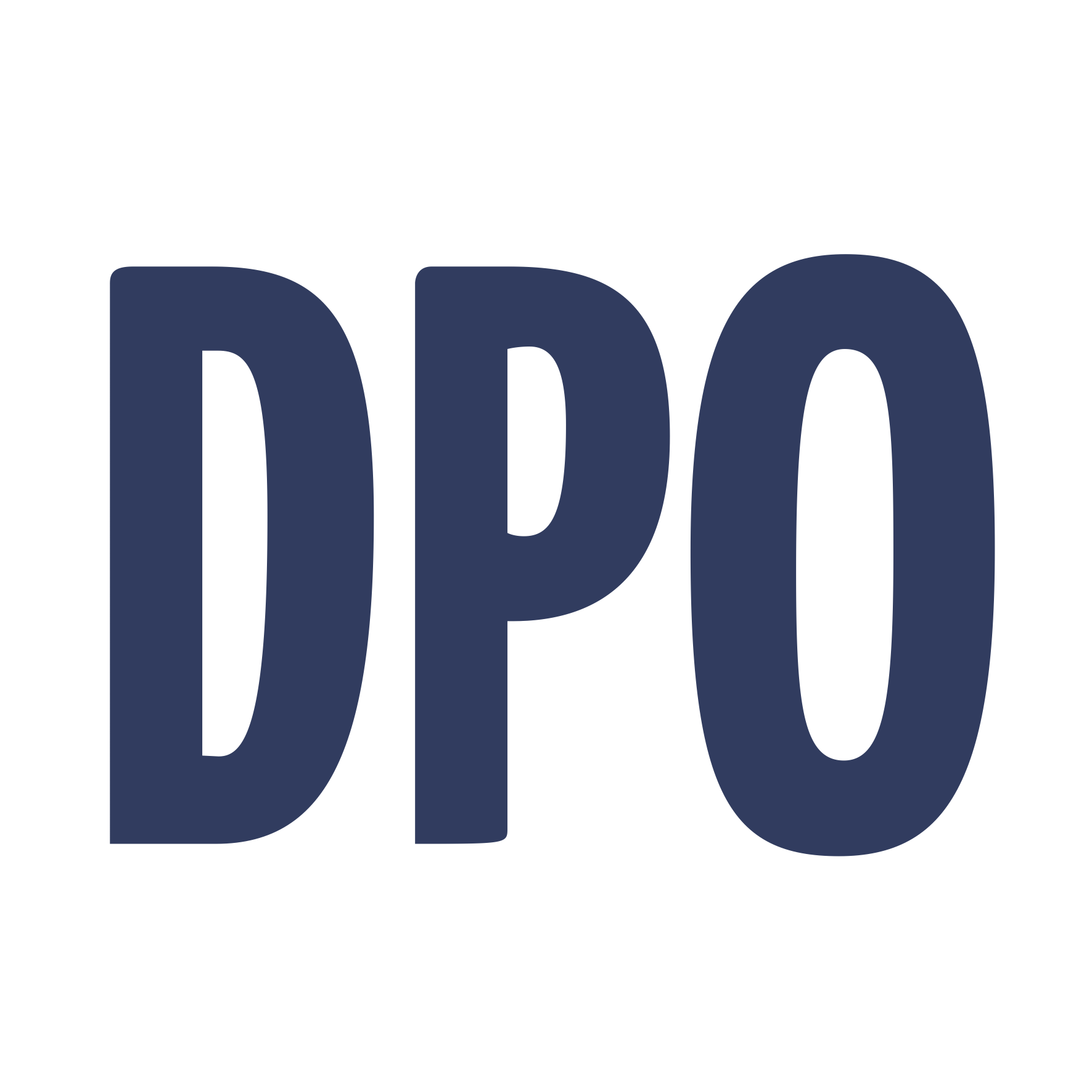Simplifying Expense Management: Why Digital Tools Are Changing the Game
- Bogdan Büchner
- Mar 27
- 3 min read
In today’s fast-paced business landscape, where speed, visibility, and accuracy are non-negotiable, traditional expense management processes are falling behind. Paper receipts, manual data entry, and fragmented approval flows not only create inefficiencies but also expose organizations to unnecessary risk. Expense tracking has long been treated as an afterthought — a disconnected process that sits outside the structured world of procurement. But that’s changing.

With modern digital tools, companies can now integrate expenses into their core purchasing workflows. The Expense Feature in DPO is a prime example of how this shift is taking place, offering a smarter, more transparent way to capture and control spending.
The Disconnect Between Procurement and Real-World Spend
In many organizations, the purchasing process is relatively well-structured, while expense tracking remains chaotic. Employees return from business trips with crumpled receipts, manually fill out spreadsheets, and send emails to supervisors for approval. The finance team then struggles to match receipts with project budgets, often lacking context or complete data.
This disconnect doesn’t just waste time — it also undermines financial visibility. Delayed approvals, missing documents, and inconsistent formatting make it difficult to maintain accurate records or enforce company policy. At scale, these inefficiencies impact everything from forecasting to compliance.
Digital expense management bridges this gap by allowing teams to capture spending as it happens and bring it into the same digital ecosystem as purchase orders, vendor tracking, and budget controls.
One Platform, One Process
DPO’s Expense Feature was built to eliminate the fragmentation between everyday expenses and the wider purchasing process. Instead of relying on external tools, paper documents, or ad hoc workflows, users can now upload receipts directly through the DPO platform — whether they’re at their desk or on the go.
Every expense submission begins with a simple action: snapping a photo or uploading a file. From there, DPO extracts relevant data fields, allowing users to validate key information such as vendor name, gross amount, description, or tax rates. More complex receipts, such as those containing multiple tax categories, can also be broken down into multiple lines — all within the same interface.
The integration doesn’t stop at data capture. Expenses can be assigned to departments, linked to projects, and approved through the same workflow logic used for purchase orders. Once validated, they can be grouped into a top sheet — a summary document that provides a clear overview of all recorded spend.
Made for Mobile Teams
In industries where teams work on-site, travel frequently, or operate across multiple locations, mobility is key. That’s why the Expense Feature is fully available through the DPO mobile app. Users can scan receipts in real time, categorize expenses, and sync them with their project’s PO book without needing to return to the office or chase down paperwork.
This flexibility significantly reduces delays in expense reporting and eliminates the risk of lost documentation. It also lightens the load for finance teams, who benefit from centralized, structured data that’s easy to audit and analyze.
Enabling Better Financial Oversight
While convenience is a clear benefit, the true value of digital expense tools lies in the visibility they provide. When expense data is structured and available in real time, organizations gain a much clearer picture of how money is being spent — and where potential inefficiencies lie.
This transparency supports better decision-making at every level. Project managers can keep a closer eye on cost development, finance teams can ensure compliance, and executives can base strategic planning on actual, up-to-date data rather than estimates or delays.
Moreover, digitizing expense management encourages accountability. When employees understand that their expenses are visible, traceable, and integrated into broader financial controls, they’re more likely to follow policy and submit complete, accurate records.
A Smarter Approach to Expense Management
At its core, the Expense Feature in DPO is about more than just receipts — it’s about rethinking how companies approach spending outside of traditional purchase orders. By integrating expenses into the procurement workflow, organizations can reduce friction, improve accuracy, and empower their teams to focus on what really matters.
Digital tools like DPO are not just changing how we track expenses — they’re redefining the relationship between daily operations and financial strategy.
Ready to simplify your expense process?
